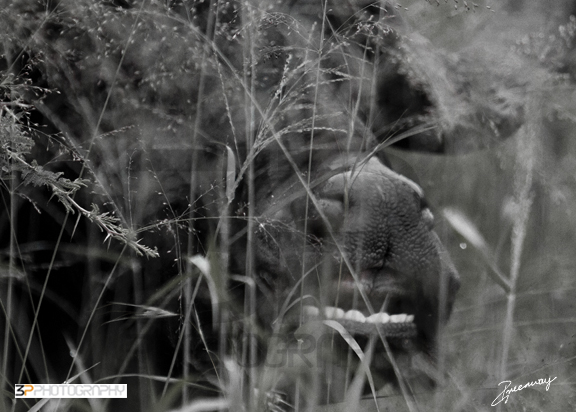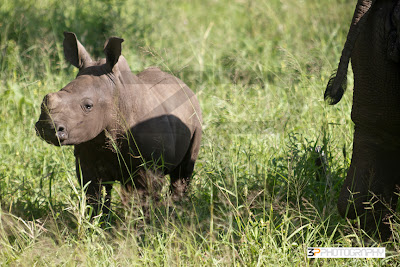Recently I assisted
Emil von Maltitz of
Lime Photo on a landscape photography workshop at Tendele Lodge in the Drakensberg. There were a couple of things I realised, as well as a few things that vexed me, that came out of the trip.
Firstly I couldn't work out why in God's good name I had never been to the Berg before. Especially since Emil has practically begged me to join him ever since we met over ten years ago. The Berg is truly spectacular and if you have even the slightest hint of a landscape photgrapher's bone in your body - GO!
 |
| Canon EOS 7D; Sigma 18-55mm @ 18mm; ISO 100; f16; 6sec; |
The trip helped me to walk the walk and talk the talk. Not just from a hiking and teaching perspective. I have always announced and advocated for the idea that a photographer of any standing should be able to produce usable quality images no matter the circumstances. Yes, the golden hour, the deep yellow light that makes photographers go weak at the knees then scramble off furtively to find a foreground, is important. But we can't always have it our way.
When we arrived towards late afternoon, the famed Amphitheater was veiled in thick cloud and all looked better set for a
Glühwein party. But it was beautiful and instead we watched, waited and sipped coffee.... But we digress. Takeing any kind of 'traditional berg' image was out of the question since the weather was so inclement. For me it became not about the mountains but about the clouds. The weather is always a photographer's friend and foe. The image below is a composite of about eight images stitched together in photoshop with minor adjustments to curves and contrast.
 |
| Eight images stitched. Canon EOS 7D; Sigma 18-55mm @ 50mm; ISO 100; f16; 0.3sec |
The Cascades on the Tugela River is great for fine tuning your technique and compositional skills with subject material that really lends itself to the photographic endeavor. The two scenes below are of the same river, the same scene, but helps make the point that looking is not the same as seeing and in order to do both you need to move.
 |
| Canon EOS 7D; 10-22mm f/3.5-4.5 @ 19mm; | | |
|
|
|
|
| ISO 100; f11; 1/30th sec | , Graduated filter |
|
|
|
|
 |
| Canon EOS 7D; 10-22mm f/3.5-4.5 @ 14mm; |
| ISO 100; f22; 1/2 sec | , Graduated filter |
|
|
The above images, and the one below, and this is part of my second realization, both made use of graduated filters. I am a simple person and like to keep my photography likewise. Over complication saps my strength. I always ask myself how I can, in the simplest way, achieve my compositional and aesthetic goals. Not surprisingly then I haven't made huge use of filters. And then when photoshop arrived I, and I hate to say this, saw even less of a need for filters. Just put the equivalent in via digital darkroom - less expense, less to carry, less to fiddle with, less to loose along the way and ultimaetly more choice. But 'choice' can be deceptive (Just ask Hitler: "Eastern Front or Western Front... east or west ... mweh ... lets do both!"). But there is also, and this is perhaps more important, the fact that if you have it you can work with it. I learnt this some years ago when I was given the opportunity to photograph in a particularly sensitive situation. For a number of reasons, mostly ethical, I decided not to, and five years later I still hadn't been able to get adequate permission to photograph and therefore had no pixels to present. This seems in opposition to my point above concerning Adolf. But here is the point simply put. If you have the image you have the choice to use it - or not. If you have the pixels you have the choice to work with them - or not. Blown highlights are blown highlights. You've got nothing to work with. If you want candyfloss water and silky highlights you need slow shutter speeds and good metering. Using ND or graduated filters helps - no, permits you to perfect your vision. The image below sits in the middle of what has just been said. In my opinion the water is just not quite silky enough. I like it, but it needs more filtration to get those shutter speeds down a bit more. But the -2 stop filter did allow for decent exposure in the sky, a little motion blur in the water and importantly, pixels on the hard drive leaving me with the choice to use or lose at a later date.
 |
| Canon EOS 7D; EF-S10-22mm f/3.5-4.5 @ 22mm; ISO 100; f16; 1/20th sec |
Something that vexed me a little, which is why I am such a fan of the off beat circuits and paths less travelled, is the audacity of people to plonk themselves (hence the very fitting noun "plonker") slap bang in the middle of your frame, oblivious it would seem to your undertaking, but asinine more likely. Now don't get me wrong the wonders of the Berg's Channels on the Tugela River are everyone's to share and enjoy and, hard as it is to admit, they were not provided for photographers alone. That said, and see my point above regarding being flexible and creative whatever the circumstances, I noticed immediately and loved the way the woman's shirt complemented the yellow walls of the channel, even as I was very nearly knocked from my vantage point as I squinted through the view finder. Likewise, her partner's wardrobe selection that morning also complemented the blue-ish light trickling in from above. And speaking of colour, I guess I should be thankful to the two travelers for giving me choice despite my seeing red. I have exactly the same shot
au natural - sans people, should I ever need it.
 |
| Canon EOS 7D; EF-S10-22mm f/3.5-4.5 @ 22mm; ISO 400; f16; 1/6th sec |
And this last image is just to show that there is a wealth to the photo opportunities available in the Berg. Its not just mountains and meandering streams. This is a dwarf Chameleon, about 7cm long from nose to tip-of-out-stretched-tail and s/he is chewing up a mosquito that sought refuge, like the chameleon I guess, from the already intense sun. The movement in the background is as a result of a gentle breeze tossing the less substantial vegetation behind - and not to filters in photoshop!
 |
| Canon EOS 7D; Canon 100mm macro, f/3.5-4.5; ISO 100; f8; 1/90th sec |














